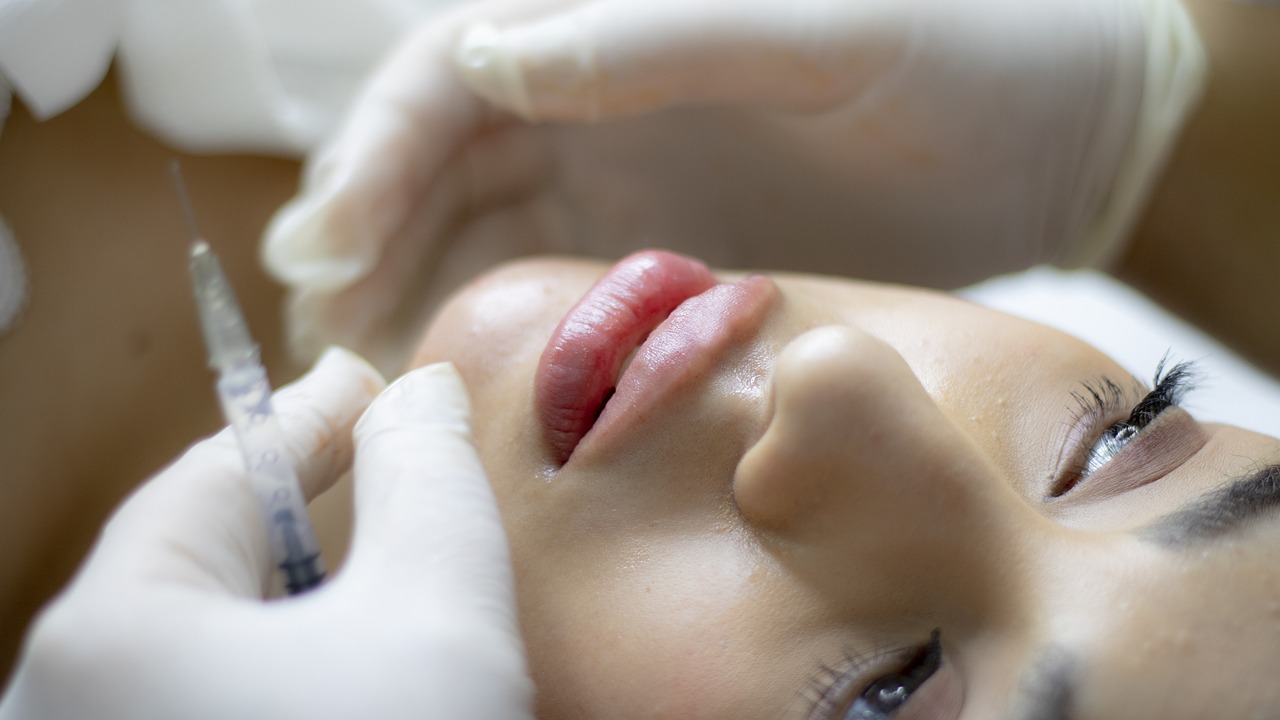
In the world of cosmetic enhancements, dermal fillers, and Botox have become household names, often sparking discussions about their effectiveness, safety, and preferences among individuals seeking a more youthful appearance. Though commonly associated with invasive surgical procedures, these non-surgical therapies have gained popularity due to their less intrusive methods and quicker recovery times. Consumers regularly find themselves weighing the pros and cons of each treatment, leading to the ongoing debate surrounding these two popular options in medical esthetics.
Table of Contents
Understanding Medical Esthetics
Medical esthetics refers to the integration of medical practices and aesthetic treatments to enhance beauty and promote self-confidence. It encompasses a variety of procedures, including dermal fillers and Botox, both of which target the visible signs of aging, resulting in smoother and fuller skin. Patients seeking these treatments often seek advice from skilled professionals, as the expertise and technique directly influence results. The team at Reimagine Clinic says that choosing between dermal fillers and Botox can be overwhelming. Understanding the fundamental differences between these two treatments will help individuals make informed decisions based on their unique needs. Clinical assessments play a critical role in determining which treatment is more suitable for correcting specific facial areas or achieving desired results.
A Closer Look at Dermal Fillers
Dermal fillers are gel-like substances injected beneath the skin to restore lost volume, soften lines, and improve facial contours. They are made from various materials, with hyaluronic acid being one of the most common choices due to its ability to hold moisture and add plumpness to the skin. As people age, their natural collagen and elastin production decreases, leading to sagging skin; fillers effectively counteract this by providing instant volume and support. The benefits of dermal fillers include minimal downtime and immediate visible results. Side effects, while generally mild, can include temporary swelling or bruising at the injection site. The longevity of results varies from six months to several years, depending on the product used and the area treated. Patients seeking a younger appearance or those concerned about fine lines may find that dermal fillers provide excellent results.
Exploring Botox
Botox, or botulinum toxin, works quite differently from dermal fillers. This injectable treatment temporarily paralyzes the muscles which leads to the formation of wrinkles, primarily in areas such as the forehead, around the eyes, and between the eyebrows. By limiting muscle movement, Botox smooths out existing wrinkles and prevents new ones from forming over time. While often considered a quick fix, Botox does require regular touch-ups (typically every three to four months) to maintain results. Most patients experience minimal side effects, though some may notice headaches or minor swelling. With its ability to offer subtle yet significant improvements, Botox remains a popular option for individuals wishing to maintain a youthful appearance.
Comparing Results: Dermal Fillers vs. Botox
When it comes to results, the choice between dermal fillers and Botox largely depends on individual needs and aesthetic goals. Fillers add volume and enhance facial features, making them ideal for achieving fuller lips, cheeks, and contours. On the other hand, Botox excels in addressing dynamic wrinkles that arise from facial expressions. Patients must consider their treatment goals before choosing between the two. Some individuals may even opt to use both treatments in combination for a more comprehensive approach to facial rejuvenation, enjoying the benefits of both volume and wrinkle reduction. Consulting with a reputable practitioner is critical in this decision-making process.
Potential Risks and Side Effects
Like any medical procedure, both dermal fillers and Botox come with potential risks and side effects. Common issues include swelling, bruising, or redness at the injection site. While complications are rare, individuals should be aware of the risks associated with both treatments. Infections, allergic reactions, and unintended outcomes are possibilities that highlight the importance of working with trained professionals. Despite the low risk of severe side effects, ensuring that the chosen clinic adheres to safety standards is crucial for achieving the desired results.

Who Should Consider These Treatments?
Dermal fillers and Botox cater to a broad audience. Individuals looking to manage visible signs of aging, such as laughter lines, sagging skin, or crow’s feet, can benefit from one or both treatments. Younger individuals may explore these options as preventive measures to slow the aging process, making them increasingly popular among millennials and even younger clients. It’s essential for potential patients to undergo thorough consultations with qualified professionals. These consultations ensure that individuals understand their options and have realistic expectations regarding the procedures and outcomes.
In the debate between dermal fillers and Botox, understanding the unique benefits of each treatment is vital. Dermal fillers restore lost volume, while Botox smooths dynamic wrinkles. Both treatments contribute to the broader field of medical esthetics, empowering individuals to make informed choices regarding their beauty and self-confidence.


